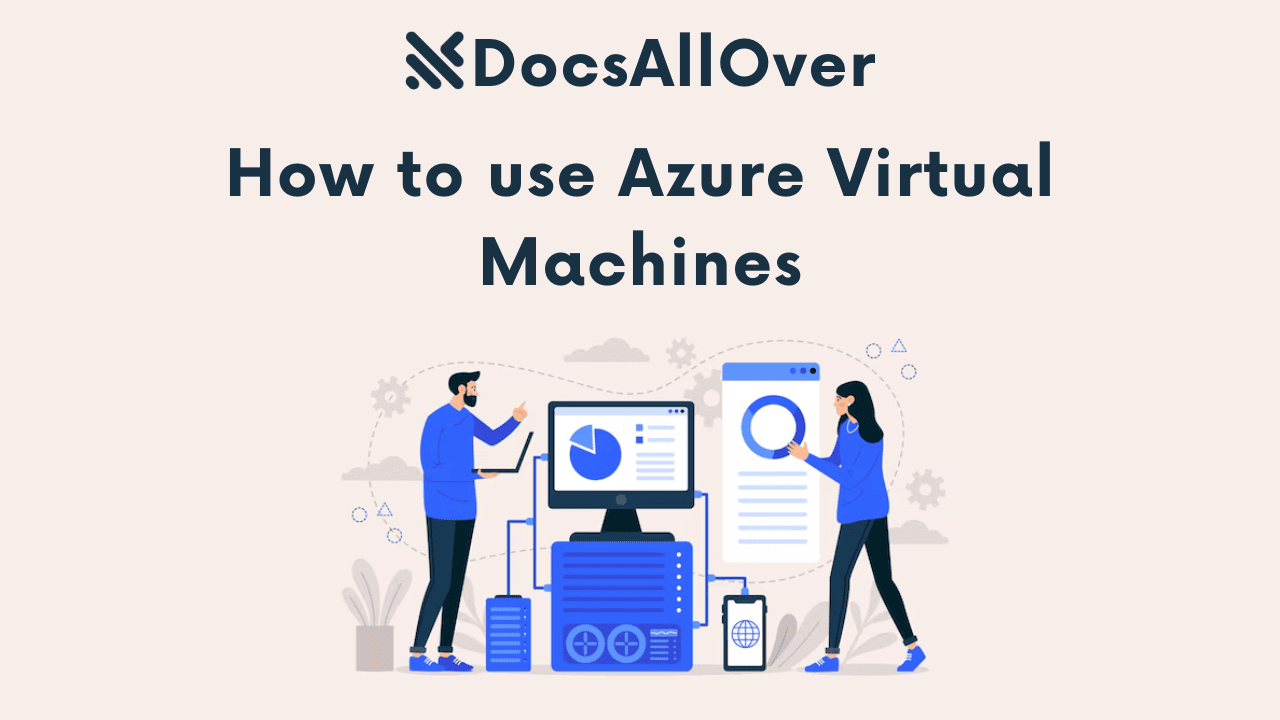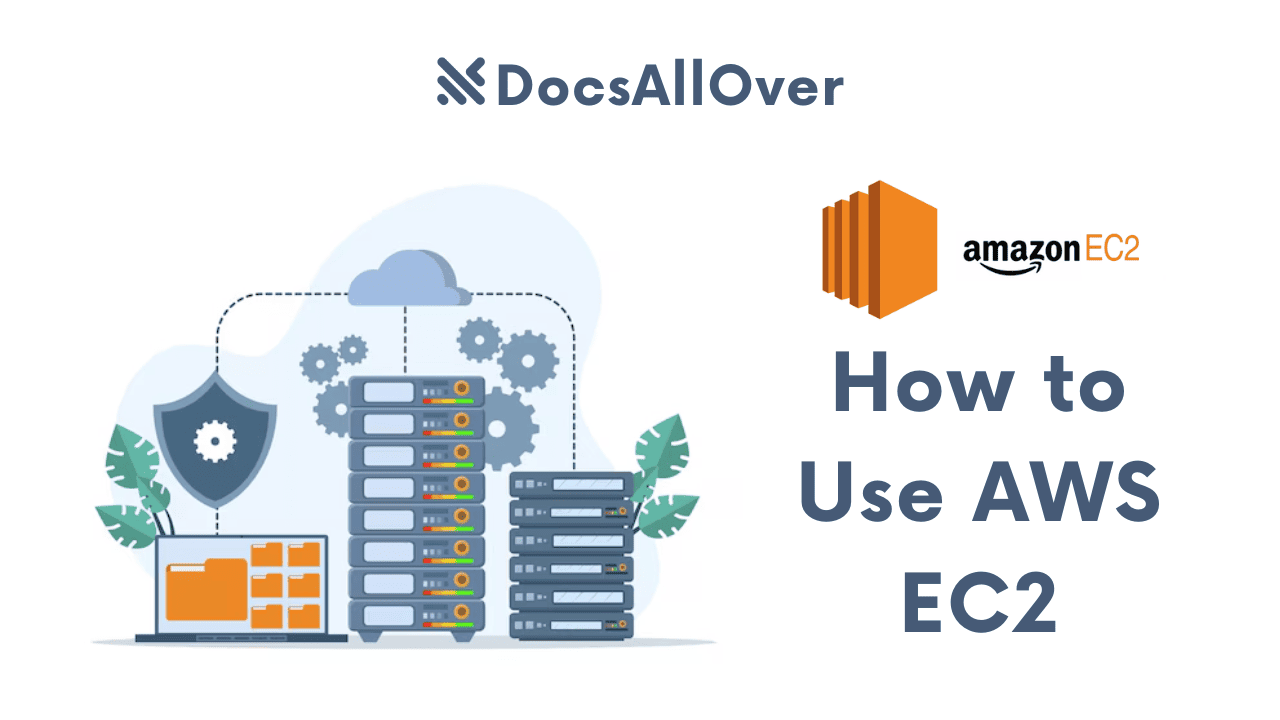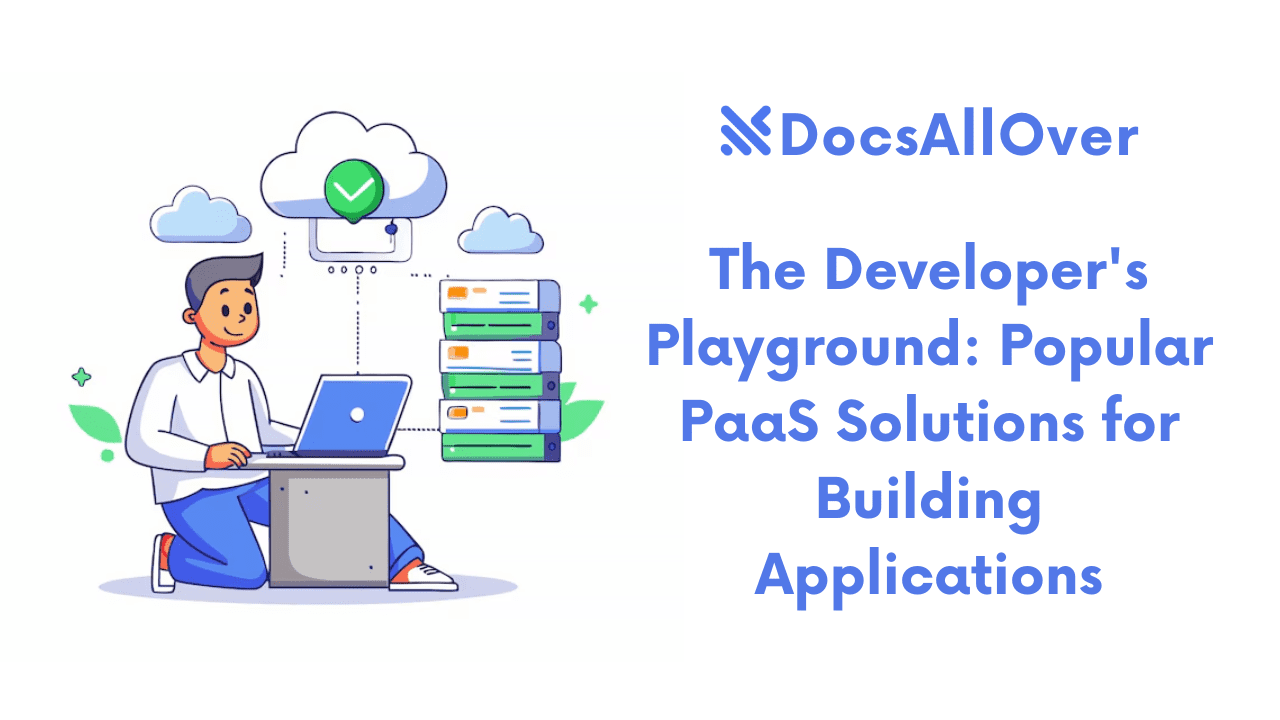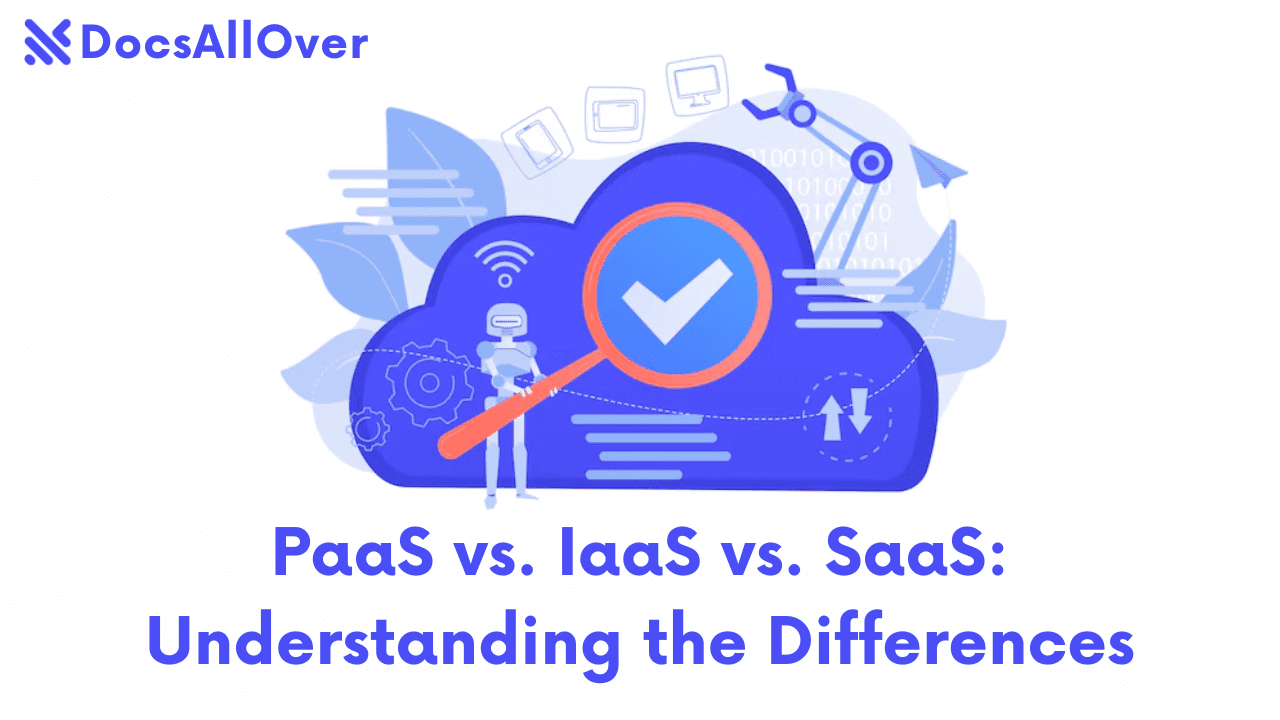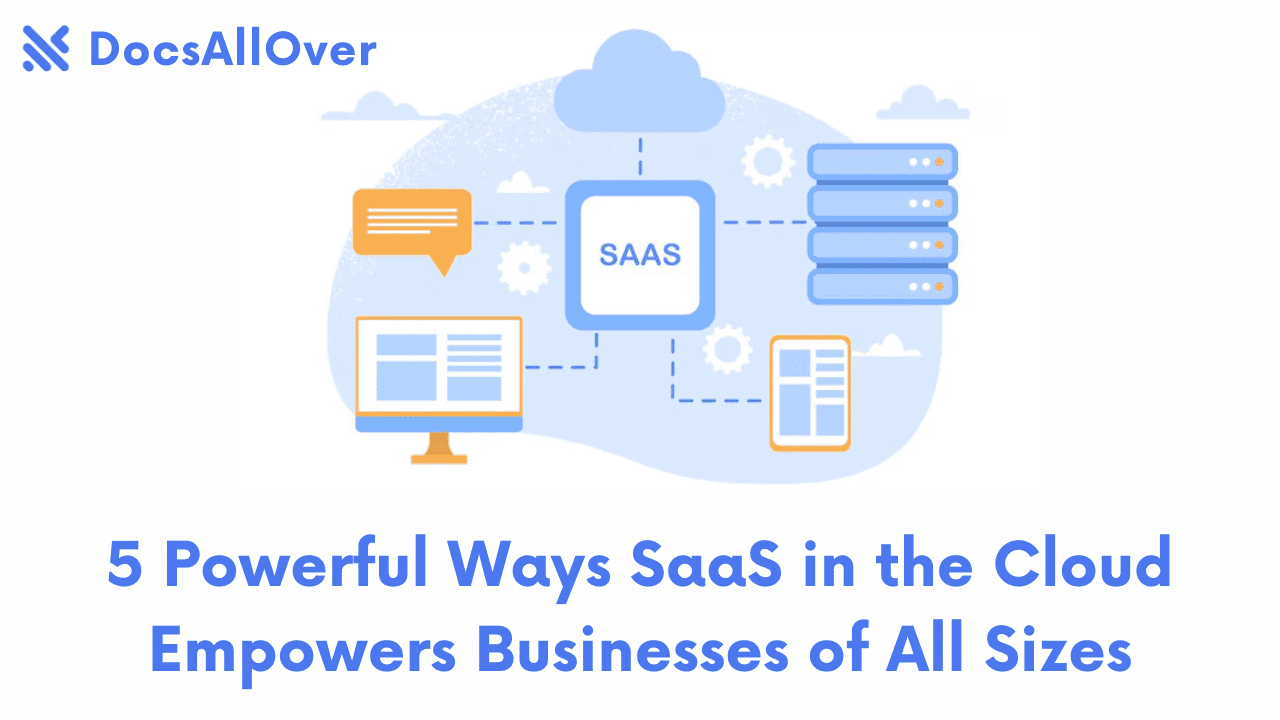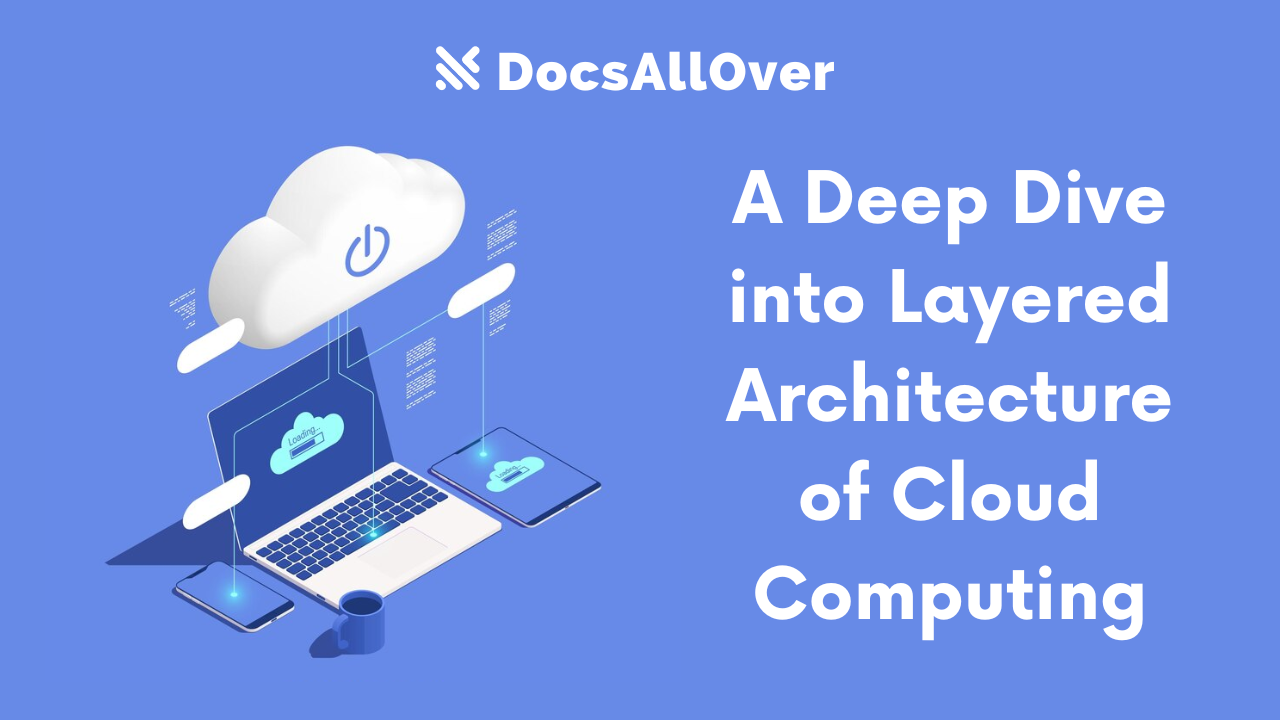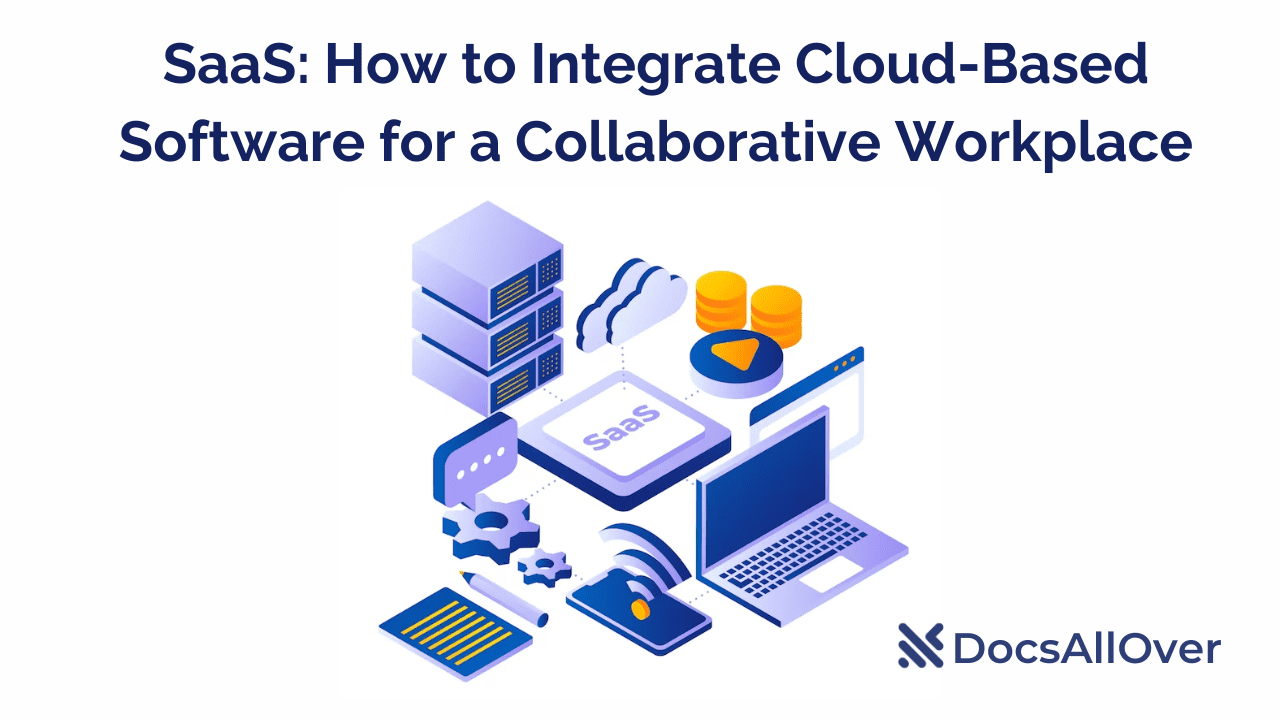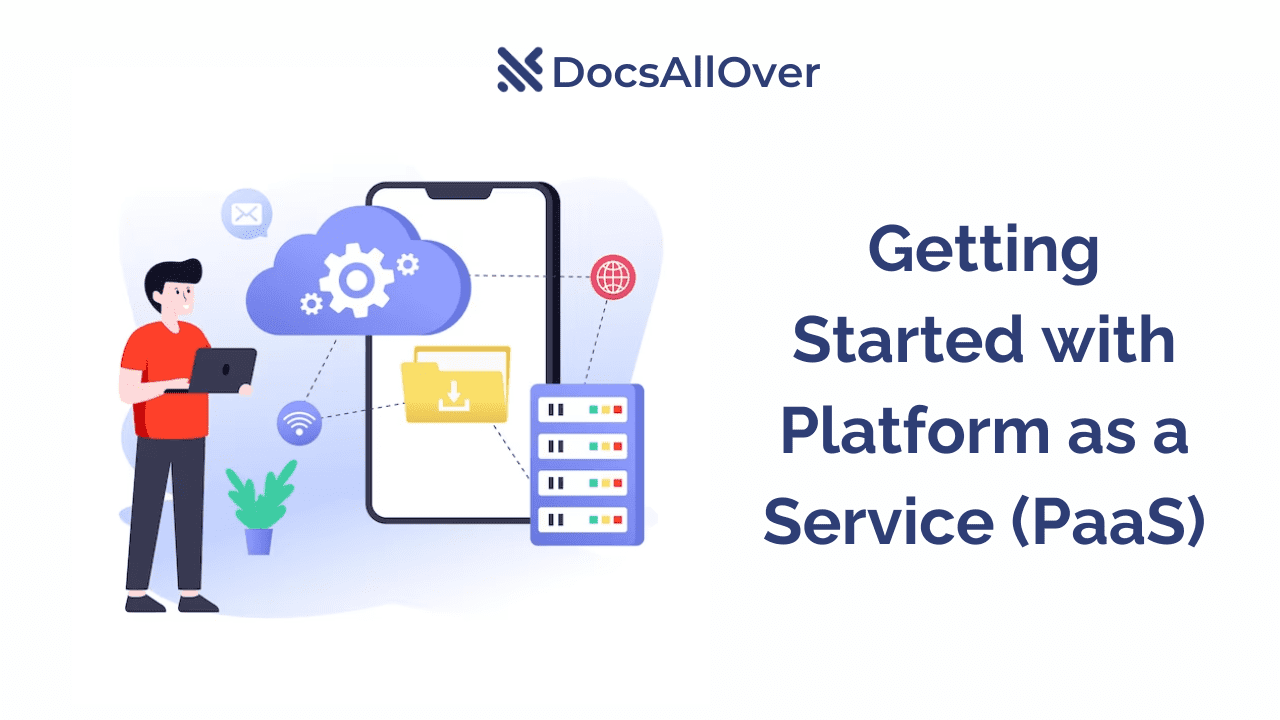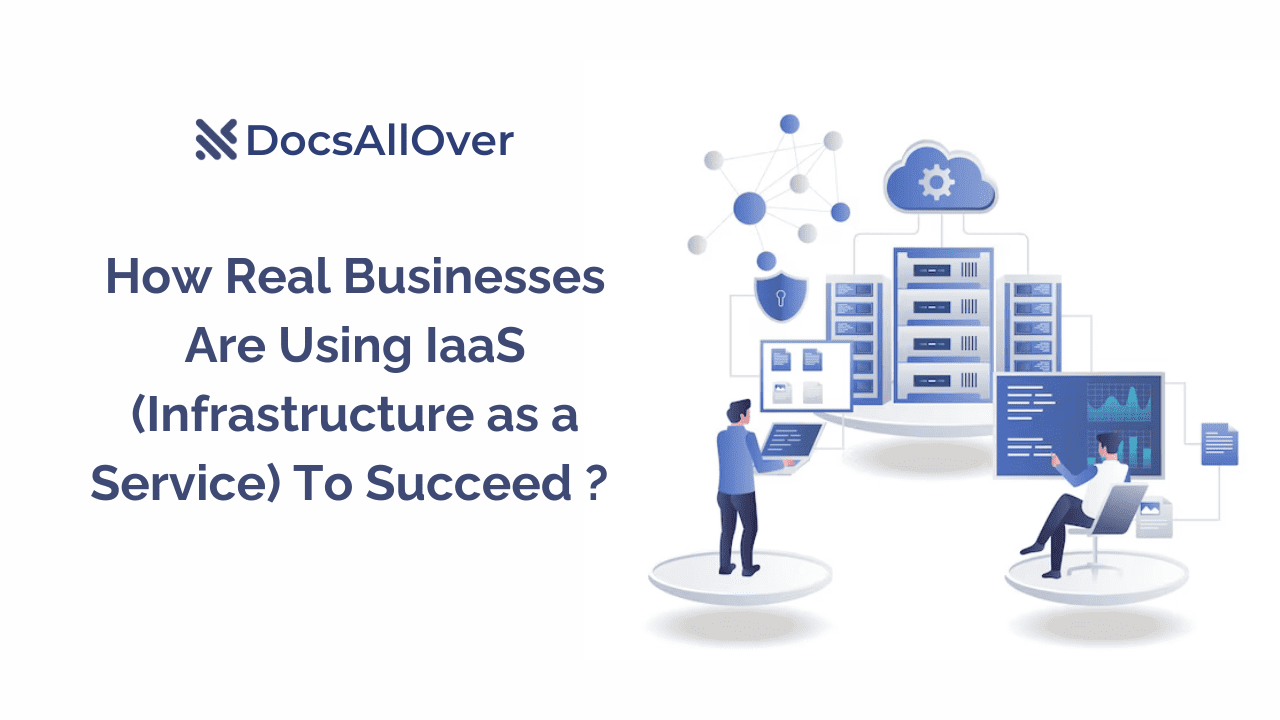How to use VMware Cloud on AWS

In today's dynamic IT landscape, the hybrid cloud imperative is undeniable. Organizations increasingly seek the best of both worlds: the control and security of on-premises infrastructure alongside the flexibility, scalability, and disaster recovery capabilities of the public cloud. Data sovereignty and regulatory needs also often mandate a hybrid approach.
However, moving existing applications, especially those built on traditional VMware environments, to a native public cloud like AWS has historically presented significant challenges. It often demands complex re-platforming or re-factoring of applications, extensive skill retraining for cloud-native tools, and considerable time and expense.
This is precisely where VMware Cloud on AWS (VMC on AWS) emerges as a game-changer. It's a jointly engineered service that seamlessly brings VMware's familiar Software-Defined Data Center (SDDC) – vSphere, vSAN, and NSX – directly to AWS's global infrastructure. The core promise of VMC on AWS is a seamless, consistent hybrid cloud experience. It allows you to extend your on-premises environments into the cloud and migrate existing VMware workloads without the need for complex re-architecting or extensive re-tooling.
Understanding VMware Cloud on AWS: The Core Concepts
Before diving into the "how-to," it's essential to grasp the fundamental concepts behind VMware Cloud on AWS (VMC on AWS). This unique offering isn't just about running VMware software on AWS; it's a deeply integrated service designed to provide a consistent operational experience across your on-premises and cloud environments.
A. What is VMware Cloud on AWS?
At its heart, VMware Cloud on AWS is about extending your familiar VMware environment into the leading public cloud.
- SDDC as a Service: Imagine taking your entire VMware Software-Defined Data Center (SDDC) – that's vSphere for compute, vSAN for storage, and NSX for networking – and running it directly on robust, bare-metal Amazon EC2 instances within the AWS cloud. VMC on AWS packages these core VMware technologies, providing them as a fully integrated, cloud-based service. This means your virtual machines (VMs) behave just as they would in your own data center, utilizing the same VMware tools and processes.
- Managed Service: A significant advantage of VMC on AWS is that it's a managed service provided by VMware. This offloads a tremendous operational burden from your team. VMware takes responsibility for managing the underlying AWS infrastructure that runs your SDDC, including patching, upgrades, and the lifecycle management of the VMware software components (vSphere, vSAN, NSX). This frees up your IT staff to focus on applications and business innovation, rather than infrastructure maintenance.
- Integration with AWS: VMC on AWS isn't just a separate island within AWS; it's deeply integrated. It offers direct, high-bandwidth access to native AWS services. This means your VMware workloads running in the SDDC can seamlessly connect to and leverage powerful AWS services like Amazon S3 for storage, Amazon RDS for managed databases, Amazon Kinesis for data streaming, and many more, allowing for true hybrid application architectures and modernization.
B. Key Components of VMC on AWS
To truly understand how VMC on AWS works, let's break down its essential building blocks:
- SDDC (Software-Defined Data Center): This is the core virtualized infrastructure provided by VMware.
- vSphere: The industry-leading server virtualization platform that enables you to create and manage virtual machines (VMs). It provides the compute virtualization layer for your workloads within the AWS cloud.
- vSAN: VMware's software-defined storage solution. It pools the direct-attached storage from the underlying bare-metal AWS instances to create a highly available, high-performance shared datastore for all your VMs within the SDDC cluster. It's a key part of the hyper-converged infrastructure (HCI) approach.
- NSX: VMware's network virtualization and security platform. NSX provides software-defined networking services, including routing, switching, distributed firewalling (micro-segmentation), and load balancing for your VMs within the SDDC, allowing for advanced network isolation and security policies.
- AWS Bare-Metal Instances: These are the dedicated, physical Amazon EC2 servers upon which your VMware SDDC components (vSphere, vSAN, NSX) run. Unlike typical virtual EC2 instances, bare-metal instances provide direct access to the server's processor and memory, which is crucial for running a hypervisor like vSphere efficiently. These instances are provisioned exclusively for your SDDC.
- VMware Cloud Services Console: This is your primary management interface. It's a web-based portal that acts as the single pane of glass for managing your VMC on AWS environment. From here, you can deploy and scale SDDCs, configure networking and security, monitor health, and access your familiar vCenter Server instance that lives within your SDDC.
- AWS VPC Integration: A critical networking component. Your VMC on AWS SDDC is deployed and directly connected to an existing or new Amazon Virtual Private Cloud (VPC) in your AWS account. This integration allows for high-bandwidth, low-latency connectivity between your VMs running in the SDDC and your native AWS services (e.g., EC2 instances, S3 buckets, RDS databases) within the same AWS VPC, enabling seamless hybrid application architectures.
Getting Started: Initial Setup and Deployment
Now that you understand the foundational concepts, let's roll up our sleeves and walk through the initial steps to get your VMware Cloud on AWS environment up and running.
A. Prerequisites
Before you begin the deployment process, ensure you have the following in place:
- AWS Account with proper permissions: You'll need an active Amazon Web Services (AWS) account. Crucially, this account must have the necessary IAM (Identity and Access Management) permissions configured to allow VMware Cloud on AWS to create and manage resources within your designated AWS VPC. VMware provides specific IAM policies you can attach.
- VMware Cloud Services account: This is your primary portal for managing your VMC on AWS SDDCs. If you don't have one, you'll need to create it and link it to your AWS account.
- Understanding of networking concepts (VPC, subnets, VPN): While VMware manages the underlying SDDC network, integrating it with your existing AWS and on-premises environments requires a good grasp of basic networking. Familiarity with AWS Virtual Private Clouds (VPC), subnets, routing tables, and VPN connections will be highly beneficial.
B. Deploying Your First SDDC
The Software-Defined Data Center (SDDC) is the core of your VMC on AWS environment. Deploying it is straightforward through the VMware Cloud Services Console.
- Accessing the VMware Cloud Services Console:
Navigate to the VMware Cloud Services portal. Once logged in, you'll be greeted by a dashboard providing an overview of your VMware Cloud services. This console is your central hub for all VMC on AWS operations.
- Creating an SDDC:
Within the console, you'll find an option to "Create SDDC" (or similar wording). This initiates a wizard-driven process:
- Choosing AWS Region: Select the AWS Region where you want your SDDC to be deployed. Choose a region geographically close to your users or existing AWS resources, or one that aligns with data sovereignty requirements.
- Selecting host type (i3.metal, i4i.metal, etc.): You'll need to choose the type of bare-metal EC2 instances that will power your SDDC. Options like
i3.metalandi4i.metalare designed for high-performance, I/O-intensive workloads, each offering different CPU, memory, and storage configurations. Select the type that best fits your workload requirements. - Defining cluster size (minimum 3 hosts for production): An SDDC cluster requires a minimum of 2 hosts for initial deployment (for non-production, single-host deployments are available for testing), but a minimum of 3 hosts is required for production environments to enable vSAN's full redundancy and high availability features. Plan your cluster size based on your current workload needs and future growth.
- Connecting to an existing AWS VPC (critical networking step): This is a vital step. You'll specify which AWS VPC in your AWS account the SDDC will integrate with. VMware Cloud on AWS will create Elastic Network Interfaces (ENIs) in this VPC, allowing seamless, high-speed communication between your SDDC's virtual machines and native AWS services within that VPC. Ensure you select a VPC with sufficient IP address space.
- SDDC Deployment Time:
Once you confirm your selections, the deployment process begins. It's important to note that provisioning the bare-metal hosts and configuring the entire SDDC stack (vSphere, vSAN, NSX-T) takes some time, typically ranging from 1.5 to 2 hours or more, depending on the region and current demand. Plan accordingly.
C. Network Configuration Essentials
Network connectivity is the backbone of your hybrid cloud. Proper configuration ensures your SDDC can communicate with both your on-premises data center and other AWS services.
- Connecting SDDC to On-Premises:
To enable seamless workload migration and management between your on-premises vSphere environment and VMC on AWS, you'll need robust connectivity:
- VPN (IPsec) for secure connectivity: For initial connectivity or smaller workloads, an IPsec VPN tunnel provides a secure connection between your on-premises network and the NSX Edge in your VMC on AWS SDDC.
- AWS Direct Connect for high-bandwidth, low-latency: For production environments, large-scale migrations, or applications requiring consistent, high performance, AWS Direct Connect is the preferred method. Direct Connect establishes a dedicated, private network connection from your premises to AWS, offering superior bandwidth and lower latency compared to internet-based VPNs.
- Connecting SDDC to Native AWS Services:
As mentioned, your SDDC is integrated with an AWS VPC. You'll configure routing to enable your VMs to talk to other AWS resources:
- Elastic Network Interfaces (ENIs) for direct VPC peering: VMware Cloud on AWS creates ENIs in your designated AWS VPC, establishing a high-speed path between your SDDC and the native AWS services in that VPC.
- Route table configurations: You will need to configure your AWS VPC's route tables to ensure that traffic from your native AWS services (e.g., EC2 instances, RDS databases) can correctly route to the SDDC's network segments, and vice-versa. This might involve updating your main route table or creating specific routes for your SDDC's management and workload networks.
With these initial setup and networking steps complete, your VMware Cloud on AWS SDDC will be ready to host your virtual machines and integrate into your broader cloud strategy.
Common Use Cases and Migration Strategies
VMware Cloud on AWS isn't just a platform; it's a versatile solution that addresses several critical enterprise cloud adoption scenarios. Its core strength lies in providing a consistent VMware operational experience while leveraging AWS's global scale and services.
A. Data Center Extension/Cloud Bursting
One of the most immediate and compelling use cases for VMC on AWS is the ability to seamlessly extend your existing on-premises data center capacity into the cloud.
- Seamlessly extend your on-premises data center capacity to the cloud: Imagine your on-premises data center is nearing its capacity limits, or you need to quickly spin up resources for a new project without the significant capital expenditure and lead time of purchasing new hardware. VMC on AWS allows you to "burst" workloads into the cloud, treating the SDDC on AWS as a logical extension of your existing VMware environment. You can provision new VMs directly into your cloud SDDC using the same tools and processes you already use.
- Handle peak workloads without over-provisioning on-premises: This is particularly valuable for seasonal businesses or those experiencing unpredictable demand spikes. Instead of buying and maintaining hardware to handle infrequent peak loads on-premises (which sits idle most of the time), you can dynamically scale out your compute and storage capacity in VMC on AWS when needed, and scale back down when demand subsides, leading to significant cost savings.
B. Disaster Recovery (DR)
Building a robust disaster recovery solution can be complex and expensive with traditional methods, often requiring a duplicate data center. VMC on AWS offers a highly effective and cost-efficient alternative.
- Cost-effective DR target for on-premises workloads: Instead of maintaining a costly secondary physical data center for DR purposes, you can leverage VMC on AWS as your recovery site. You pay for the SDDC only when it's actively used for recovery, or for a smaller pilot light/warm standby environment, significantly reducing DR infrastructure costs.
- Utilizing VMware Site Recovery: VMC on AWS integrates natively with VMware Site Recovery (formerly Site Recovery Manager - SRM). This powerful tool automates the entire disaster recovery process, from replication of VMs to AWS, to orchestrated failover and failback, drastically simplifying DR planning, testing, and execution.
C. Cloud Migration (Lift & Shift)
One of the biggest hurdles in cloud adoption is migrating existing applications. VMC on AWS excels at simplifying the "lift and shift" approach.
- Why it's easier: No need to re-factor applications; consistent operational model.
Traditional cloud migrations often demand re-architecting or re-platforming applications to fit cloud-native services, which is time-consuming, expensive, and risky. With VMC on AWS, your existing VMware-based applications run on the same underlying VMware SDDC technology (vSphere, vSAN, NSX-T) in the cloud as they do on-premises. This means:
- No re-factoring: You can move VMs as they are, without modifying the operating system or application code.
- Consistent operational model: Your existing VMware skills, tools (like vCenter), and processes remain relevant, minimizing the learning curve for your operations teams.
- Migration Tools:
- vMotion: For compatible on-premises vSphere versions, you can perform live migration of running virtual machines directly from your on-premises environment to your VMC on AWS SDDC. This means zero downtime for the application during the migration, ideal for critical workloads.
- HCX (Hybrid Cloud Extension): This is VMware's advanced mobility platform, purpose-built for large-scale, complex migrations to VMC on AWS. HCX offers:
- Network Extension: Stretches your on-premises Layer 2 networks to the cloud, allowing VMs to retain their IP addresses during migration, simplifying the process and avoiding IP re-configuration.
- Workload Mobility: Enables various migration types, including bulk migration for many VMs, scheduled migrations, and more.
- WAN Optimization: Accelerates data transfer over the internet or Direct Connect.
D. Next-Generation Applications
VMC on AWS isn't just for traditional VMs; it also opens doors for modern application development.
- Running traditional VMs alongside native AWS services (e.g., EC2, S3, RDS, Lambda): Because your VMC on AWS SDDC is natively integrated with an AWS VPC, VMs running on VMC can communicate with, and leverage, a vast array of native AWS services with high bandwidth and low latency. This allows you to:
- Keep legacy applications in VMs while integrating them with modern, cloud-native data stores (like RDS) or analytics services.
- Gradually modernize components of a monolithic application by moving certain functions to AWS Lambda or deploying new microservices on EC2 or EKS, while the core application remains in a VM.
- Modernizing applications incrementally: This hybrid approach provides a flexible path for application modernization, allowing you to choose which components to keep as VMs and which to re-platform to native AWS services, all within a unified operational framework.
Managing and Operating Your VMC on AWS Environment
Once your VMware Cloud on AWS SDDC is deployed and your workloads are running, effective management and operations become crucial. VMC on AWS offers a blend of familiar VMware tools and AWS integration to provide comprehensive control over your hybrid cloud environment.
A. Monitoring and Troubleshooting
Maintaining visibility into the health and performance of your SDDC is paramount.
- VMware Cloud Services Console: This is your primary "single pane of glass." The console provides intuitive dashboards displaying the overall health of your SDDCs, real-time resource utilization (CPU, memory, storage), network topology, and alerts. It's the first place to look for a high-level overview and to drill down into potential issues within the VMware layer.
- vCenter Server: For granular management of individual virtual machines, networks, and storage policies within your SDDC, you'll use the traditional vCenter Server interface. VMware Cloud on AWS provisions a vCenter Server instance for each SDDC, accessible directly from the Cloud Services Console. This means your existing VMware administrators can leverage their familiar skills and tools for VM operations.
- Integration with AWS Monitoring (CloudWatch, CloudTrail): While VMware manages the SDDC, the underlying infrastructure runs on AWS. For insights into these foundational AWS components (like the bare-metal EC2 instances themselves, or VPC flow logs), you can integrate with native AWS monitoring services:
- Amazon CloudWatch: Collects and tracks metrics, collects and monitors log files, and sets alarms for your AWS resources powering the SDDC.
- AWS CloudTrail: Provides a record of actions taken by a user, role, or an AWS service in VMC on AWS, enhancing security auditing and operational troubleshooting.
B. Scaling Your SDDC
One of the key advantages of cloud is elasticity. VMC on AWS allows you to scale your SDDC environment up or down as your workload demands change.
- Adding/removing hosts to clusters dynamically: You can easily add more bare-metal hosts to your SDDC clusters through the VMware Cloud Services Console to increase compute, memory, and storage capacity. Conversely, you can remove hosts when demand decreases, optimizing costs. The process is fully automated by VMware.
- Elastic DRS (Distributed Resource Scheduler): This advanced feature automates the scaling process. Elastic DRS continuously monitors the resource utilization of your SDDC clusters. Based on pre-defined policies (e.g., maintain a certain percentage of free CPU/memory), it can automatically add or remove hosts from your cluster, ensuring optimal performance while managing costs. This is similar to the DRS you'd find on-premises but applied to the entire SDDC cluster dynamically on AWS.
C. Networking and Security within SDDC
VMware NSX-T is the powerhouse for networking and security within your VMC on AWS SDDC, providing granular control.
- NSX-T: Micro-segmentation, firewall rules, load balancing for VMs within the SDDC.
- Micro-segmentation: NSX-T allows you to create highly granular, application-centric firewall rules that isolate individual virtual machines or groups of VMs from each other, regardless of their network location. This significantly enhances security by preventing lateral movement of threats within your SDDC.
- Firewall Rules: You can configure stateful firewall rules to control traffic flow between your SDDC networks, to/from on-premises, and to/from native AWS services.
- Load Balancing: NSX-T also provides basic load balancing capabilities for distributing incoming traffic across multiple VMs within your SDDC.
- All these configurations are done via the NSX-T Manager, which is integrated with your vCenter.
- Security Best Practices: Beyond NSX-T, general security best practices apply:
- Network isolation: Segment your networks carefully.
- IAM roles: Leverage AWS IAM roles for granular access control to AWS resources integrated with VMC.
- Encryption: Data at rest in vSAN is encrypted by default. Ensure data in transit is also secured (e.g., via VPN/Direct Connect with encryption).
- Regularly review firewall rules and access policies.
D. Cost Management
Optimizing costs in a cloud environment is always a top priority, and VMC on AWS offers flexibility here.
- Understanding pricing models (on-demand, 1-year, 3-year subscriptions):
- On-demand: Pay-as-you-go, offering maximum flexibility to scale up or down without long-term commitments. Ideal for testing, development, or short-term bursts.
- 1-year and 3-year subscriptions: Significant discounts are available for committing to host usage over longer periods. These are ideal for steady-state production workloads where you have a predictable base capacity requirement.
- Optimizing host count and usage:
- Use Elastic DRS (if enabled) to automatically manage host count.
- Regularly monitor your cluster's resource utilization (CPU, memory, storage) via the Cloud Services Console and vCenter.
- Right-size your VMs to ensure you're not wasting resources.
- Match your commitment level (on-demand vs. subscription) to your expected workload stability to ensure you're getting the best price for your compute.
Effective management and operational practices ensure your VMC on AWS environment remains healthy, performant, secure, and cost-efficient as your cloud journey progresses.
Best Practices and Considerations
Implementing VMware Cloud on AWS effectively goes beyond just technical setup. Adhering to best practices ensures your deployment is robust, secure, cost-efficient, and aligned with your business goals.
Network Design is Key: Proper VPC, subnet, and connectivity planning.
The success of your hybrid cloud strategy hinges on a well-thought-out network architecture. This means meticulously planning your AWS VPCs, ensuring ample IP address space for both your VMC SDDC and integrated native AWS services. Crucially, design your on-premises connectivity (VPN or Direct Connect) with redundancy and proper routing in mind to guarantee consistent, high-performance communication between your environments. Don't underestimate the importance of clear network segmentation and firewall rules (both NSX-T within the SDDC and AWS Security Groups/NACLs in your connected VPC) from the outset.
Security First: Implement robust security policies from day one.
Security should never be an afterthought. While VMware and AWS handle the security of the cloud, you are responsible for security in the cloud. This includes:
- Least Privilege: Granting users and services only the minimum necessary permissions through AWS IAM roles and VMware Cloud Services Console roles.
- Micro-segmentation: Leveraging NSX-T's powerful micro-segmentation capabilities to isolate workloads within your SDDC, limiting lateral movement in case of a breach.
- Network Security: Configuring NSX-T firewall rules, AWS Security Groups, and Network ACLs to control traffic flows precisely.
- Data Protection: Ensuring data at rest (vSAN encryption is default) and in transit is protected.
- Regular Audits: Continuously reviewing access policies and security configurations.
Right-Sizing: Choose appropriate host types and cluster sizes.
Avoid the common pitfall of over-provisioning. Selecting the correct bare-metal host types (e.g., i3.metal, i4i.metal) and accurately sizing your SDDC clusters based on your actual workload demands is crucial for both performance and cost. Use monitoring tools to understand your resource utilization patterns. Leverage Elastic DRS to dynamically scale your cluster and prevent both under-utilization and performance bottlenecks, ensuring you only pay for what you need.
Automation: Leverage APIs and automation tools for deployment and management.
Embrace automation to streamline operations and ensure consistency. VMware Cloud on AWS provides a rich set of APIs that integrate with popular automation tools.
- VMware PowerCLI: For scripting and automating vCenter-level tasks within your SDDC.
- Terraform: For Infrastructure as Code (IaC) to declaratively define and provision your VMC on AWS SDDCs and related AWS resources.
- VMware Aria Automation (formerly vRealize Automation): For advanced cloud management, self-service portals, and orchestration. Automating routine tasks reduces human error, increases efficiency, and allows your team to focus on higher-value activities.
Skillset Alignment: While consistent, some AWS knowledge is beneficial.
One of VMC on AWS's key selling points is consistent operations with existing VMware skills. However, a foundational understanding of AWS concepts is highly beneficial. Your teams will need to interact with:
- AWS VPCs: For network integration.
- AWS IAM: For identity and access management.
- AWS Direct Connect/VPN: For hybrid connectivity.
- AWS Storage (S3, FSx): For data integration and modernization.
Familiarity with these AWS basics will empower your teams to fully leverage the hybrid capabilities and optimize integrations.
Cost Optimization: Monitor usage and leverage commitment options.
Cloud costs can escalate if not managed actively.
- Monitor relentlessly: Use the VMware Cloud Services Console, AWS Cost Explorer, and other tools to track your VMC on AWS consumption.
- Commitment Options: For stable, long-term workloads, leverage 1-year or 3-year subscription commitments for significant cost savings compared to on-demand pricing.
- Elastic DRS: As mentioned, use Elastic DRS to ensure efficient use of hosts and automatically scale down during off-peak hours.
- Right-sizing: Continuously right-size your VMs and SDDC clusters.
Proactive cost management is an ongoing process that yields substantial returns.
VMware Cloud on AWS stands as a powerful testament to the evolution of enterprise cloud strategies. It represents a truly unified path to the cloud, allowing organizations to overcome the traditional hurdles of complex re-architecture and skill gaps.
This synergy empowers organizations to accelerate their cloud journey. You can rapidly extend your data center, build robust disaster recovery solutions, and modernize applications incrementally, all without the significant re-tooling or re-skilling historically associated with large-scale cloud adoption.
VMware Cloud on AWS offers a powerful and flexible solution for modern hybrid cloud strategies. It provides the operational consistency enterprises demand with the scalability, agility, and innovation that the AWS cloud delivers, enabling a true digital transformation.

